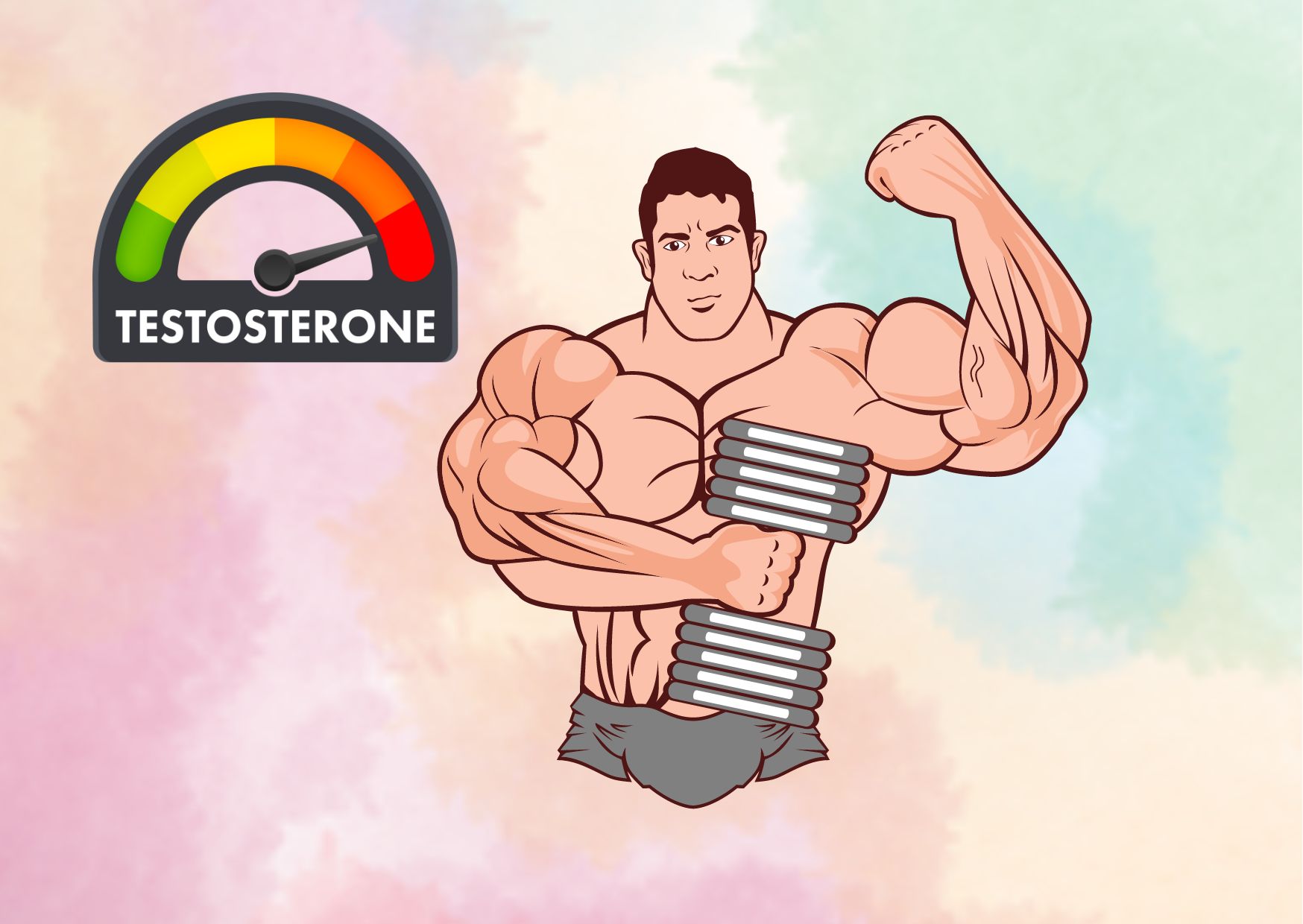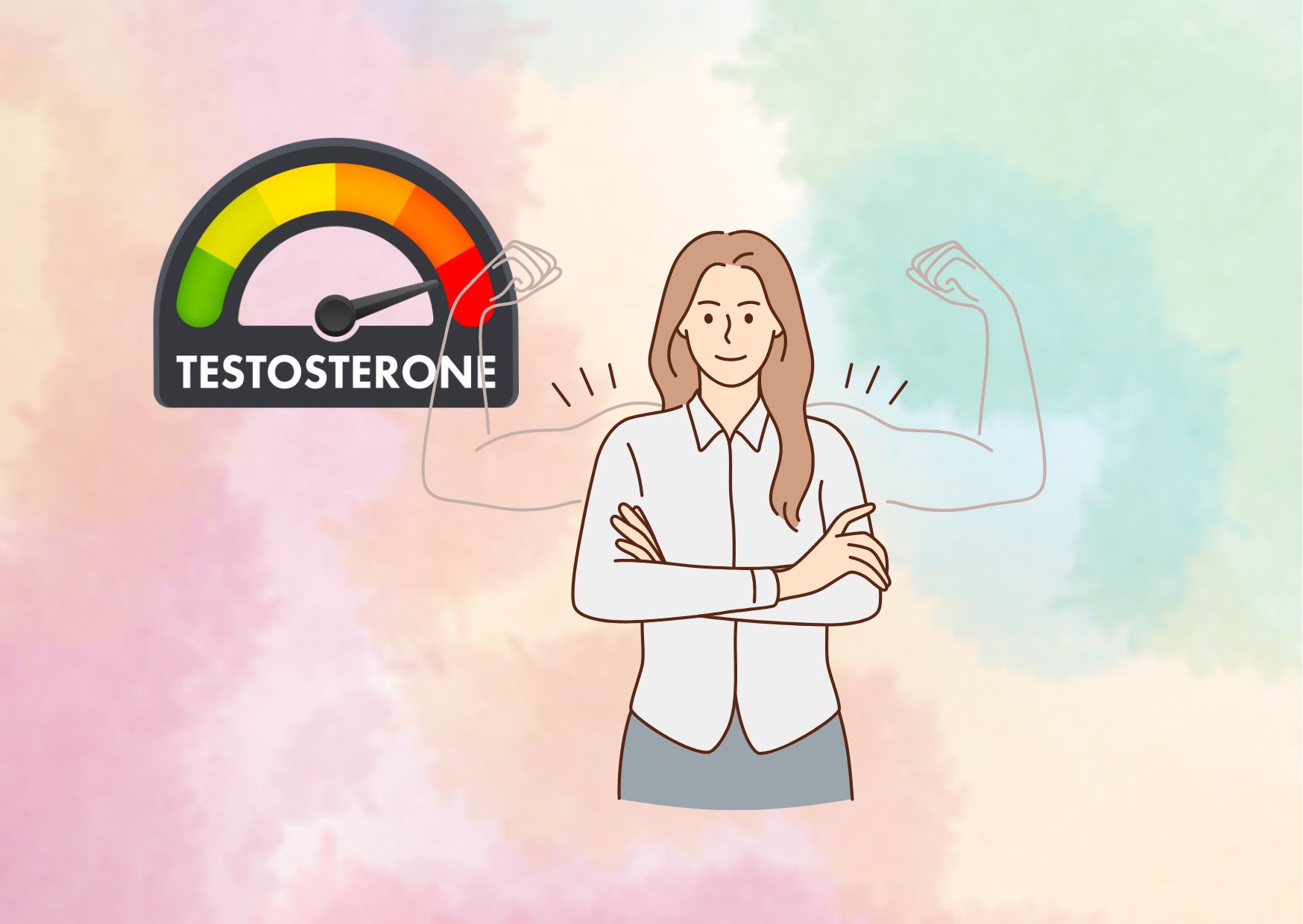4 Physical Signs of High Testosterone Face: What Your Features Reveal About You
The concept of the high testosterone face, a topic at the intersection of endocrinology and social psychology, offers fascinating insights into how hormonal levels can sculpt our physical appearance and, subsequently, the perceptions others may form about us. High testosterone levels are known to influence certain facial features, a phenomenon that has garnered significant interest for its potential to reveal underlying biological processes through visible signs. Exploring how testosterone shapes the human face not only enlightens us about the signs of high testosterone in a man but also how these hormonal effects can lead to differing social and psychological outcomes based on facial appearance alone.
This article delves into the impact of testosterone on facial features, outlining the key characteristics that differentiate a high testosterone face from a low testosterone one, including high testosterone face shapes and features. It further examines how these features correlate with perceived personality traits and social acceptability, addressing common queries such as “does testosterone change your face?” and “what does a high testosterone face look like?” Additionally, this discussion extends to the differentiation between features induced by testosterone versus those that signify general health and genetic variation in testosterone sensitivity among individuals. Lastly, it presents various studies on the topic, offering a comprehensive overview of the practical applications of understanding the relationship between testosterone levels and facial features, thereby providing a roadmap for navigating the complex interplay between our biological makeup and societal interactions.
The Impact of Testosterone on Facial Features
Testosterone, the primary male sex hormone, exerts a profound influence on facial morphology, shaping various features in a manner that contributes to the distinct sexual dimorphism observed between males and females. This hormonal impact is driven by a complex interplay of genetic and endocrine factors that manifest during growth and development.
Genetic Influences on Testosterone Levels
Specific genetic variants have been identified as key determinants of circulating testosterone levels in humans. These genetic variations can directly affect facial features by modulating the availability and activity of testosterone within the body. For instance, studies have found associations between intronic variants of the sex hormone-binding globulin (SHBG) gene and mandible shape, a characteristic closely linked to sexual dimorphism in facial structure.
Facial Width-to-Height Ratio
One of the most notable effects of testosterone on facial features is its influence on the facial width-to-height ratio. Higher testosterone levels have been linked to a larger facial width-to-height ratio, characterized by a broader and more robust facial structure. This effect is particularly evident in the upper facial region, where testosterone has been shown to influence the width-to-height ratio through its impact on bone growth and development.
Mandible and Jaw Structure
The mandible, or jawbone, is another area where testosterone exerts a significant influence. Higher testosterone levels are associated with a more pronounced and robust mandibular structure, contributing to a more angular and defined jawline. This effect is mediated by the hormone’s role in promoting bone growth and remodeling, leading to increased bone density and overall size of the mandible.
Brow Ridge and Facial Musculature
Testosterone also plays a role in shaping the brow ridge and facial musculature. Higher levels of the hormone have been linked to a more prominent and pronounced brow ridge, as well as increased development of the facial muscles responsible for expressions and overall facial structure. This effect contributes to a more masculine and defined facial appearance.
Facial Hair and Skin Characteristics
In addition to its impact on bone and muscle development, testosterone also influences facial hair growth and skin characteristics. Higher testosterone levels are associated with increased facial hair growth, including the development of a beard and mustache. Furthermore, testosterone can affect skin thickness, sebum production, and overall skin texture, contributing to the distinct differences observed between male and female facial complexions.
Through its multifaceted effects on various facial features, testosterone serves as a key determinant of the unique facial characteristics that distinguish males from females, shaping the overall facial morphology and contributing to the observable sexual dimorphism in human facial appearance.
Key Facial Features Influenced by High Testosterone
High testosterone levels have a profound impact on various facial features, contributing to the distinct masculine appearance often associated with the “high testosterone face.” Among the key facial characteristics influenced by elevated testosterone levels are:
Jawline
The jawline is one of the most prominent features shaped by testosterone. Higher testosterone levels are linked to a broader, more square, and well-defined jawline. This effect is mediated by the hormone’s role in promoting bone growth and remodeling, particularly in the mandibular region. Individuals with higher testosterone levels tend to have a more robust and protruding mandible, resulting in a chiseled and angular jawline.
Cheekbones
Testosterone also influences the development of prominent cheekbones, contributing to a more rugged and masculine facial structure. Higher levels of the hormone are associated with broader and more pronounced cheekbones, which can create a more chiseled and defined appearance.
Eyebrows
Testosterone plays a role in the growth and appearance of eyebrows. Men with higher testosterone levels often exhibit thicker, bushier, and more pronounced eyebrows. This is due to the hormone’s influence on hair follicle sensitivity and growth patterns, leading to increased hair growth in areas like the eyebrows, nose, and ears.
It’s important to note that while testosterone is a key factor in shaping these facial features, genetic variations and individual differences in hormone sensitivity also contribute to the overall facial appearance. Some individuals may exhibit more pronounced effects of high testosterone on their facial features, while others may display more subtle changes.
Additionally, it’s crucial to recognize that the presence of these facial features does not necessarily indicate high testosterone levels. Various other factors, such as genetics, overall health, and environmental influences, can also play a role in determining an individual’s facial characteristics.
How Facial Features Relate to Perceived Personality Traits
Facial features, particularly those influenced by high testosterone levels, have been found to shape perceptions of an individual’s personality traits. These perceptions stem from evolutionary mechanisms that enable humans to rapidly assess potential threats or dominance hierarchies based on physical cues. The following sections explore the link between specific facial characteristics and perceived personality traits such as dominance, aggressiveness, and confidence.
Dominance
Facial features associated with high testosterone levels, such as a prominent jawline, broad cheekbones, and a larger facial width-to-height ratio, are often perceived as indicators of dominance. These traits are thought to signal physical strength and a propensity for prevailing in competitive situations. Studies have shown that individuals with these facial characteristics are consistently judged as more dominant by observers, even when presented with emotionally neutral expressions.
This perception of dominance is believed to have adaptive value, as it allows individuals to quickly identify and respond to potentially threatening situations or assess social hierarchies. The ability to accurately gauge an individual’s dominance from their facial features may have evolved as a survival mechanism, enabling effective navigation of social dynamics and resource allocation.
Aggressiveness
Certain facial features, particularly those associated with high levels of facial masculinity, are positively correlated with both actual and perceived aggression. For instance, a larger facial width-to-height ratio in males has been linked to higher levels of reactive aggression. Additionally, research has demonstrated that adults can predict violent tendencies and aggressive behavior based on facial structure alone, with their estimates of violent potential correlating positively with offenders’ actual violent histories.
This ability to detect aggression cues from facial features is thought to be an evolutionary adaptation, allowing individuals to rapidly identify and respond to potential threats in their environment. The human cognitive and perceptual system may be preferentially tuned to accurately detect propensities for aggression in others, akin to “honest signals” that guide behavior in both humans and non-human species.
Confidence
While the relationship between facial features and perceived confidence is less extensively studied, some research suggests that certain characteristics associated with high testosterone levels may contribute to perceptions of confidence and assertiveness. For example, thicker and more pronounced eyebrows, which are influenced by testosterone levels, have been linked to personality traits such as decisiveness, assertiveness, and self-assurance.

